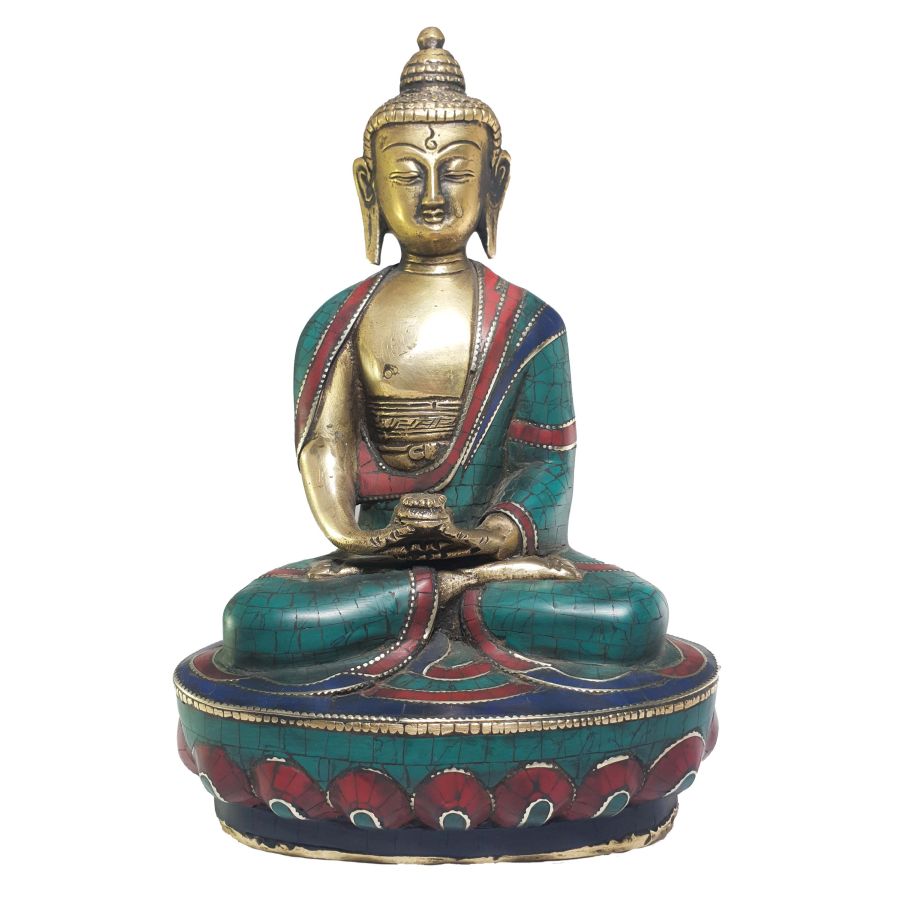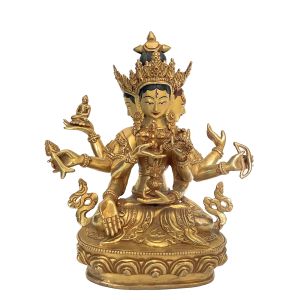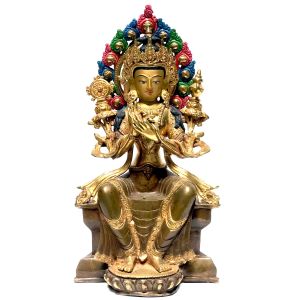Statue of Amitabha Buddha with Real Stone Setting , Better Work
| Seller | Handmade Handicraft |
|---|---|
| Product Tags | Handmade, Handicraft, Craft, Statue, Buddha, Meditation Buddha, Sitting Buddha, Amitabha Buddha, Amitabha Buddha with Real Stone |
| UK Size | 4 |
| Seller | Admin |













